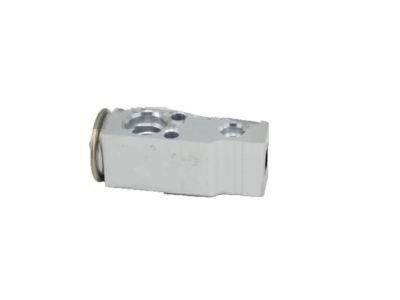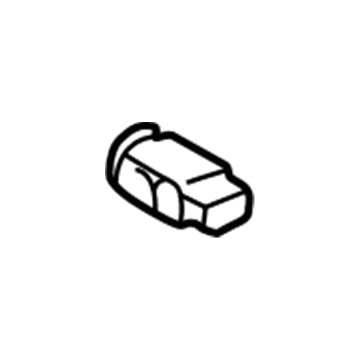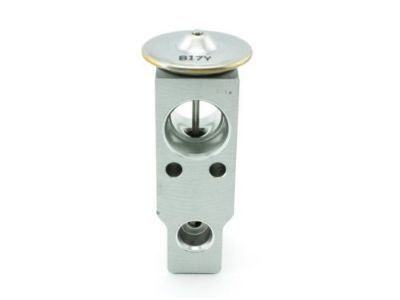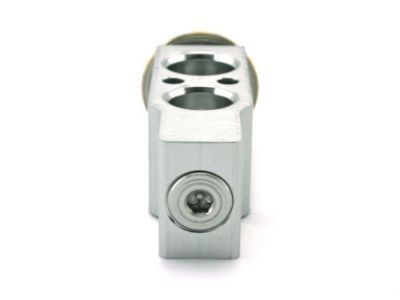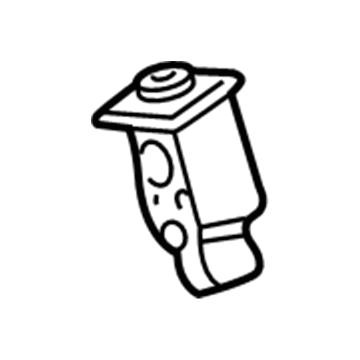×
ToyotaParts- Hello
- Login or Register
- Quick Links
- Live Chat
- Track Order
- Parts Availability
- RMA
- Help Center
- Contact Us
- Shop for
- Toyota Parts
- Scion Parts
My Garage
My Account
Cart
OEM Toyota Solara A/C Expansion Valve
Air Conditioning Expansion Valve- Select Vehicle by Model
- Select Vehicle by VIN
Select Vehicle by Model
orMake
Model
Year
Select Vehicle by VIN
For the most accurate results, select vehicle by your VIN (Vehicle Identification Number).
2 A/C Expansion Valves found


Toyota Solara Expansion Valve, Front
Part Number: 88515-07040$89.81 MSRP: $126.06You Save: $36.25 (29%)Ships in 1-3 Business Days
Toyota Solara A/C Expansion Valve
Choose genuine A/C Expansion Valve that pass strict quality control tests. You can trust the top quality and lasting durability. Shopping for OEM A/C Expansion Valve for your Toyota Solara? Our website is your one-stop destination. We stock an extensive selection of genuine Toyota Solara parts. The price is affordable so you can save more. It only takes minutes to browse and find the exact fit. Easily add to cart and check out fast. Our hassle-free return policy will keep you stress-free. We process orders quickly for swift delivery. Your parts will arrive faster, so you can get back on the road sooner.
Little is known to most drivers about the functions to be performed the A/C Expansion Valve in their Toyota Solara vehicles it is however a very vital component in the air conditioning system of the vehicle since it controls the flow of refrigerant. Its main task is to control flow of the refrigerant and maintain proper cooling and running of A/C system. Different models of Solara may have different A/C Expansion Valves that were installed to improve the efficiency of the systems over time. The main differences between these types are usually associated with the methods for managing flow of the refrigerant with potential influence on the efficiency of the system. The A/C Expansion Valve controls the distribution of refrigerant hence plays an important role in the cooling and ventilation of the cabin of Toyota Solara vehicles.
Toyota Solara A/C Expansion Valve Parts and Q&A
- Q: How to service and repair the A/C Expansion Valve in a refrigeration system on Toyota Solara?A:The expansion valve requires two main steps for servicing: first discharge the refrigerant through the refrigeration system followed by disconnecting the liquid and suction tubes from the A/C unit. Remarkable service requires you to extract these elements by pulling out the packing material while employing a 5.0 mm hexagon wrench for bolt detachment from two points and tube separation. Immediately protect open fittings from moisture and dirt intrusion. You need to apply ND-OIL 8 or equivalent compressor oil to two new O-rings before installing them on the valve before attaching the tube with its accessory to the expansion valve. The installation bolt hole must remain visible on the tube side by leaving packing paper untaped while you apply the packing to the expansion valve so it extends only to its edge. Two new O-rings require lubrication with compressor oil before they are installed on the evaporator using a 5.0 mm (0.20 in.) hexagon wrench and 2 bolts. Apply torque force of 5.4 Nm (55 kg.cm, 48 in.lb) but avoid packing material from jamming against the evaporator. The expansion valve requires additional packing paper removal before receiving its packing application. Installation of the blower unit should be followed by connecting liquid and suction tubes to the A/C system before charging the unit with refrigerant beginning with air evacuation and using an 800 plus or minus 50 g (28.22 plus or minus 1.76 oz.) amount. Gas leak detection should be performed to check for refrigerant loss followed by checking pipe joint and clamps for proper torque when leakage is discovered.
